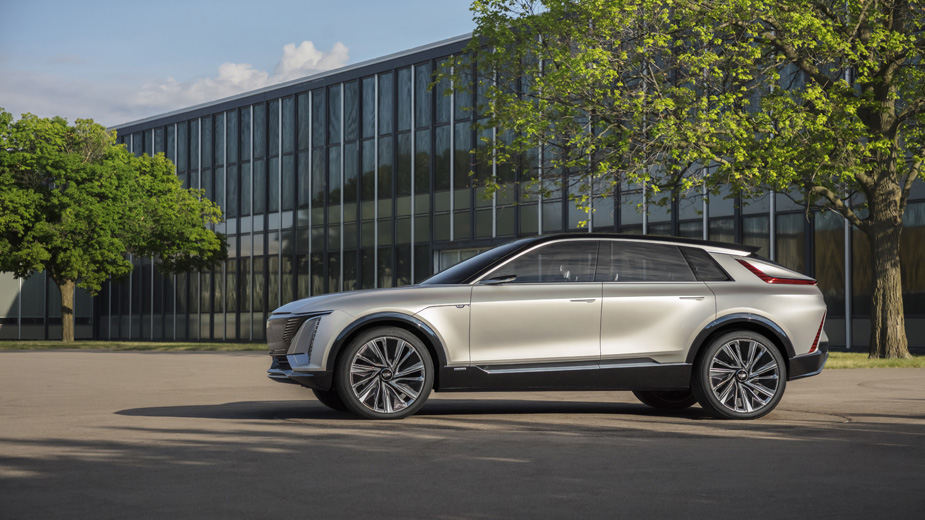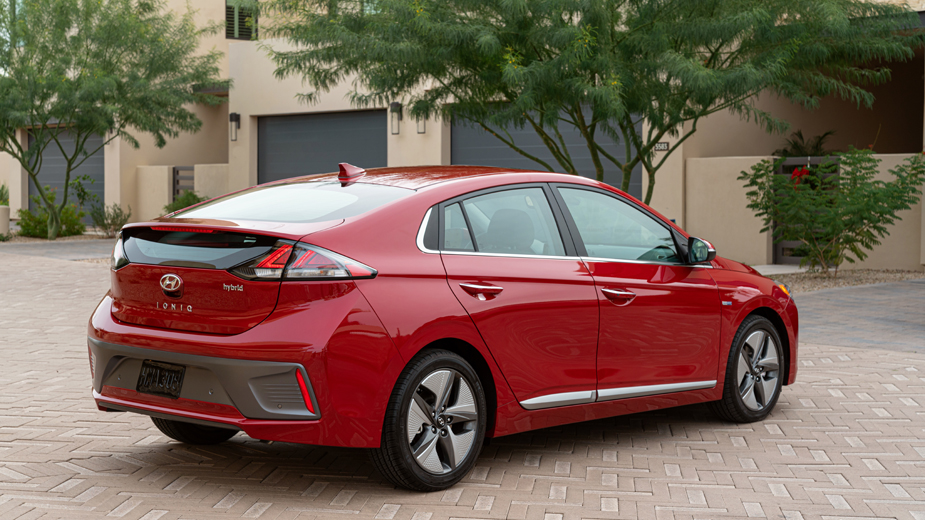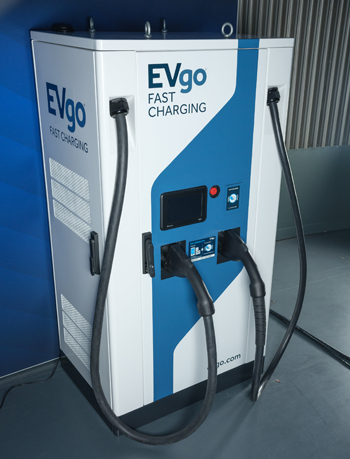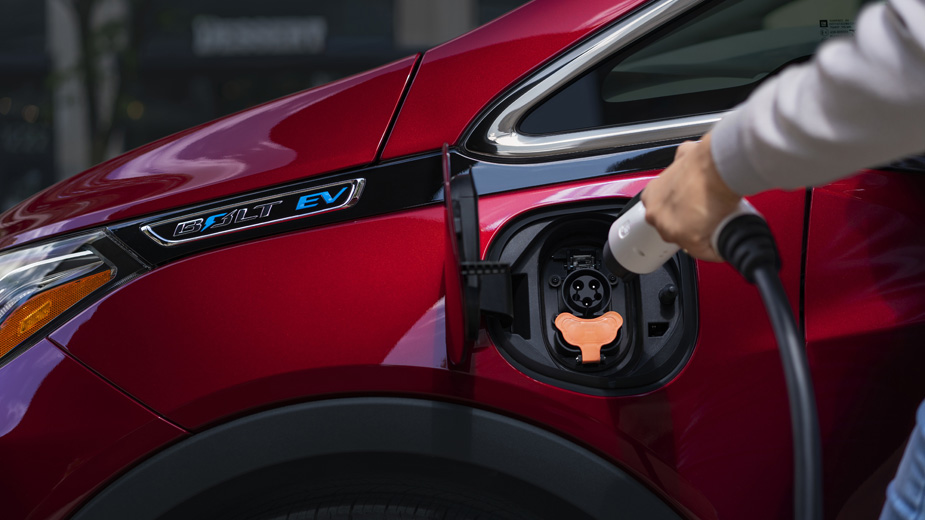YOUNGSTOWN, Ohio – The future of electric vehicles is getting bigger. And not just in the sense that it’s a growing market segment.
Automakers are gearing up to begin offering full-size SUVs and pickup trucks, adding to their fleets of passenger cars that have dominated the segment since electric vehicles started gaining popularity.
The Endurance pickup from Lordstown Motors Corp. is expected to hit the market next year and the startup automaker has already secured 40,000 preorders. Tesla unveiled its Cybertruck and reported in June it has 650,000 preorders. General Motors will begin taking orders for the revival of its Hummer nameplate – this time an electric-powered GMC truck – in late October.
“We’ve seen, especially in this market with Lordstown Motors, that the electric truck and SUV market is more exciting than we ever anticipated,” says Alexa Sweeney Blackann, president of Sweeney Chevrolet Buick GMC in Boardman.
That shouldn’t come as a surprise. While electric and hybrid vehicles have traditionally been smaller passenger cars, Americans have consistently been buying trucks and SUVs at higher rates over the past two decades. Of the just more than 17 million new vehicles sold in the United States last year, 12.3 million were classified as light trucks – pickups, SUVs and crossovers.

Industry analysis firm IHS Markit reports 47.4% of U.S. auto sales last year were SUVs, while passenger cars accounted for 22.1%. By 2025, SUVs, vans and pickups are expected to account for 78% of the market. It makes sense, then, for the shift away from internal combustion engines to follow that same trend.
But locally, the surge of electric vehicles on the streets is yet to arrive. There are models out there – Teslas zip through downtown Youngstown and Chevrolet Bolts leave the lot at Sweeney Chevrolet – but right now, most people just have questions about electric vehicles and hybrids.
Usually, says Preston Hyundai salesman Mike Boyle, potential buyers ask about price and reliability. Hyundai offers three hybrid models: the Sonata, Kona and Ioniq.
The Korean automaker offers fully electric models in 10 states, including Pennsylvania, but those vehicles aren’t yet available in Ohio, Boyle says. When it comes to price, the hybrid version of the Sonata has a sticker price about $4,000 more than the traditional gas engine version.

Though still typically pricier than nonelectric counterparts – tax credits can bring the overall cost down somewhat – one of the more costly components of electric-powered vehicles, the battery itself, is getting cheaper. Bloomberg New Energy Finance found the price of EV batteries fell to $156 per kilowatt hour last year, down from the $1,100 per kilowatt hour in 2010. The price fell 13% from 2018 to 2019 alone.
“People are definitely curious. What people are still asking is, ‘Well, how do you drive it?’ Hyundai hybrids are just like regular cars,” Boyle says. “It automatically switches from battery to gasoline. There’s no special skill that you have to have or anything special you have to do to the car.”
Because the battery packs are a relatively new technology, people are concerned about them failing, he adds, but notes they’re covered by the automaker’s warranty.
Boyle says Preston Hyundai sees a correlation between gas prices and sales of hybrids.
“When it drops to around $2 a gallon, it’s pretty slow, but when it starts jumping back up, our sales go right up with it,” he says.
The dealers are confident, though, that interest will arrive in due time. Every automaker is investing heavily in electric vehicles and hybrids and the results of those investments should be hitting the roads in a few years. Earlier this year, General Motors announced a five-year, $20 billion commitment to its electric lineup – a move that includes the $2.3 billion plant in Lordstown, which will make batteries for all of GM’s electric vehicles, as well as a Honda model.
“I truly believe it’ll be the future. GM has invested a lot in electric vehicles, so I think it’s mostly the matter of getting the infrastructure like charging stations installed nearby. If we’re in the sphere of that, it’ll pick up in our area,” says Jim Conlin, new-car sales manager at Greenwood Chevrolet in Austintown.
GM has already announced 12 models, including the Hummer that will arrive next year and the Cadillac Lyriq hitting showrooms in 2022. Currently, the Chevy Bolt is GM’s only electrified vehicle.
Ford Motor Co. will be rolling out electric versions of its venerable F-150 and Mustang lines, the latter of which will be as an all-new SUV version. Fiat Chrysler Automobiles, meanwhile, has plans to introduce electric versions of Jeep and Ram models as part of its $4.5 billion investment in the technology.
“It’s inevitable. It’s what all auto manufacturers are going to. Oil and gasoline will die, it’s just a matter of time,” Preston Hyundai’s Boyle says.
And when that time comes, dealerships will have to evolve alongside the public, if not beforehand. Over the past year, the president of Sweeney Chevrolet Buick GMC says, General Motors has put plenty of effort into ensuring the infrastructure exists to handle an all-electric future.
“If you had asked me a year ago, I would have been more skeptical, but the effort they’ve put into the Hummer launch is impressive,” Sweeney Blackann says. “They’ve put so much thought into the infrastructure, not just for one brand but for all brands so they can all come together to take advantage of a structure similar to gas stations.”
In July, GM partnered with EVGo, the country’s largest electric-vehicle charging station network, to install 2,700 chargers in 40 cities nationwide, an effort that will triple the number of EVGo stations. Charging at the stations is expected to cost between $5 and $15, according to the Detroit Free Press.

“We know how important the charging ecosystem is for drivers, one that includes access to convenient and reliable public fast charging,” said GM CEO Mary Barra in a statement announcing the partnership. “Our relationship with EVGo will bolster the public fast charging network available to EV customers ahead of increased market demand.”
The next step, Sweeney Blackann says, is an effort to standardize the services available at GM dealerships so everyone’s on the same page when it comes to electric vehicles and hybrids.
“Depending on which dealership you go to, it could be one technology expert for the whole dealership or it could be one where everybody there knows about everything – the technology, the tax credits, how everything works – and is really engaged,” she says. “GM is working to get all the dealerships to that point because this is coming. It’s up to us to get acclimated.”
In the long run, she says, the trick is going to be finding the technicians to work on the cars. If GM plans to have a mostly electric fleet by 2025, then it’s this year’s eighth grade class that could be working on them. Getting them thinking about being an auto mechanic – and having a skill set unlike any other in the industry’s history – needs to start as soon as possible.
“It’s almost electrical engineering, to an extent,” Sweeney Blackann says. “If you look at how much this industry has changed in the last 30 years – pretty dramatically – imagine what it’ll look like over the next five when all this technology changes. It’s almost like working on a computer instead of a car.”
Pictured: The Chevrolet Bolt is currently GM’s only all-electric model. That will change soon.
